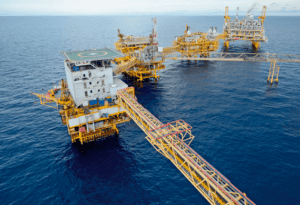PG Diploma in Oil and Gas Piping Course
Learn about the PG Diploma in Oil and Gas Piping Course get employed Oil and Gas. This is a course in the Oil and Gas.
- 24 weeks long course | Online and Offline
- Learn from leading experts in the industry
- Project based learning with 4 industry level projects that learners can showcase on LinkedIn.
- Learn Key Tools & Technologies in Oil and Gas





